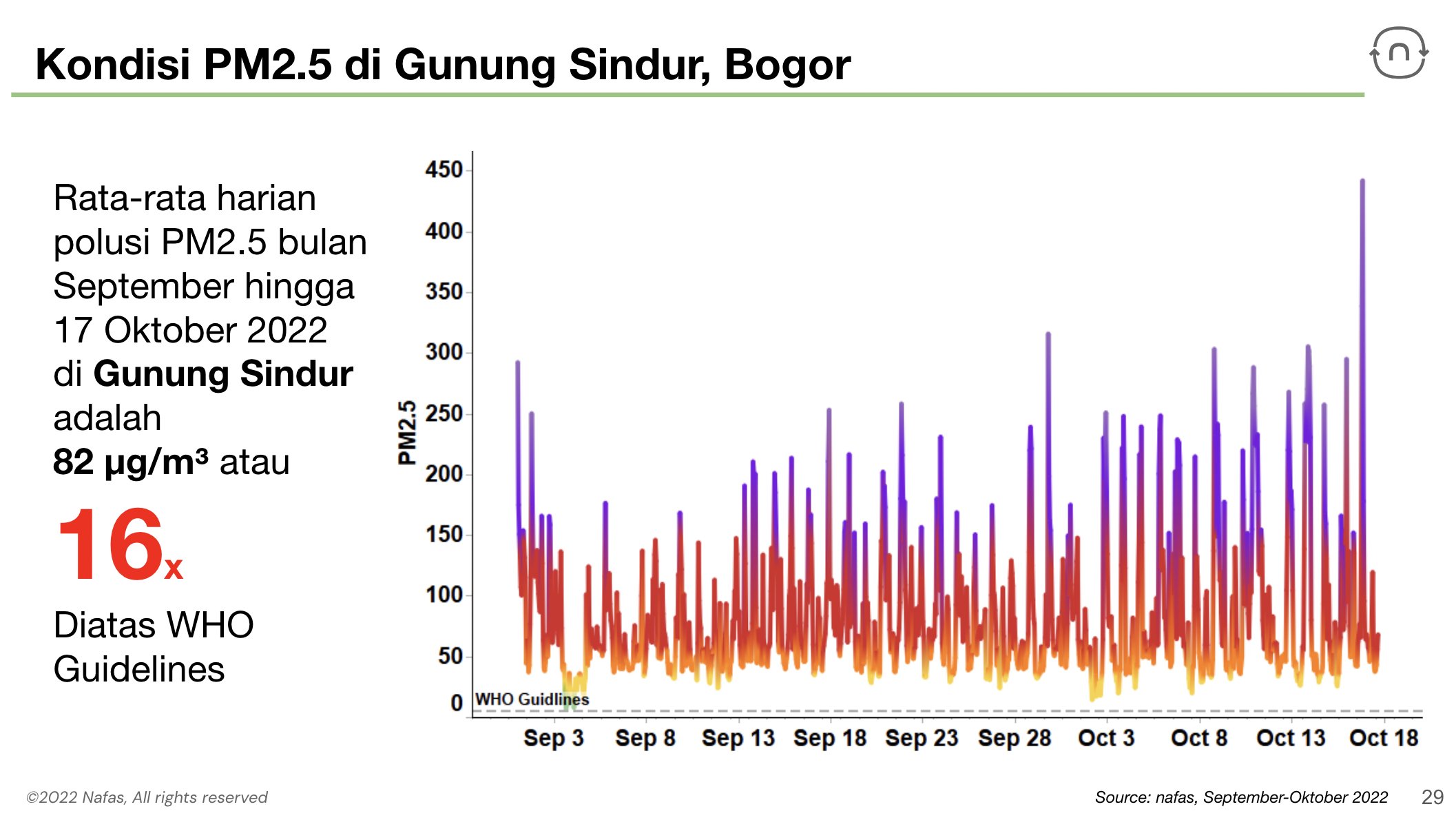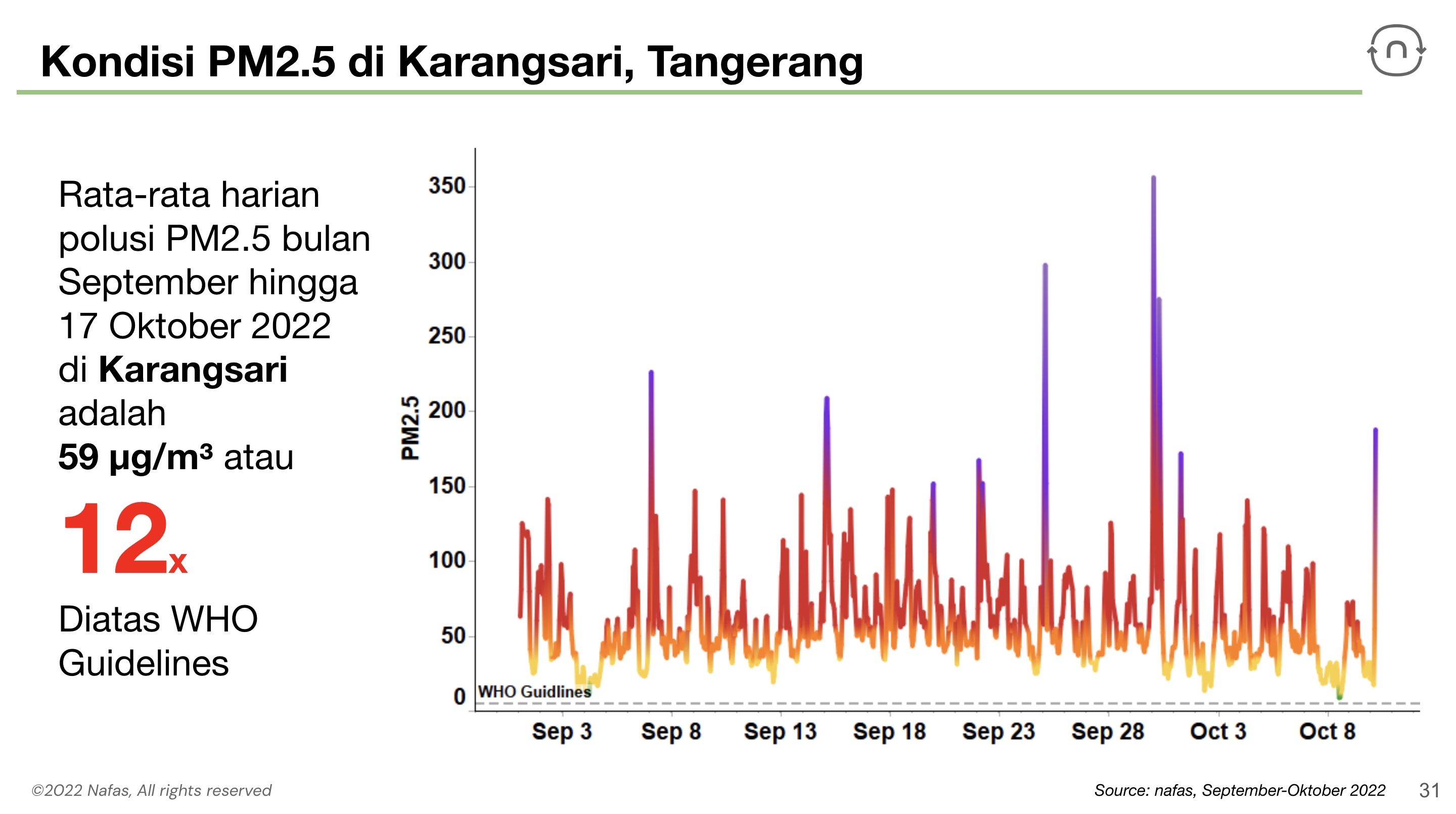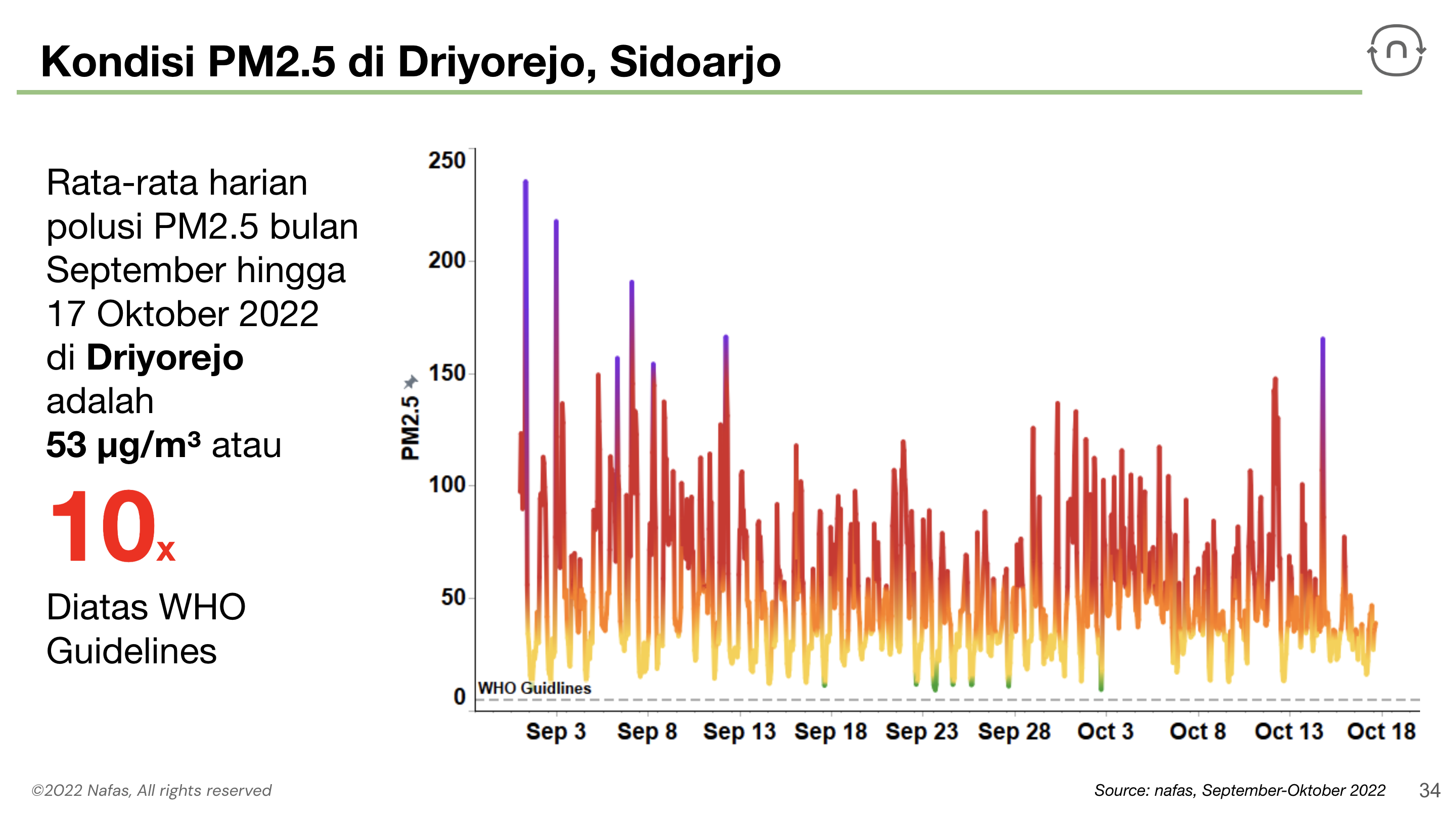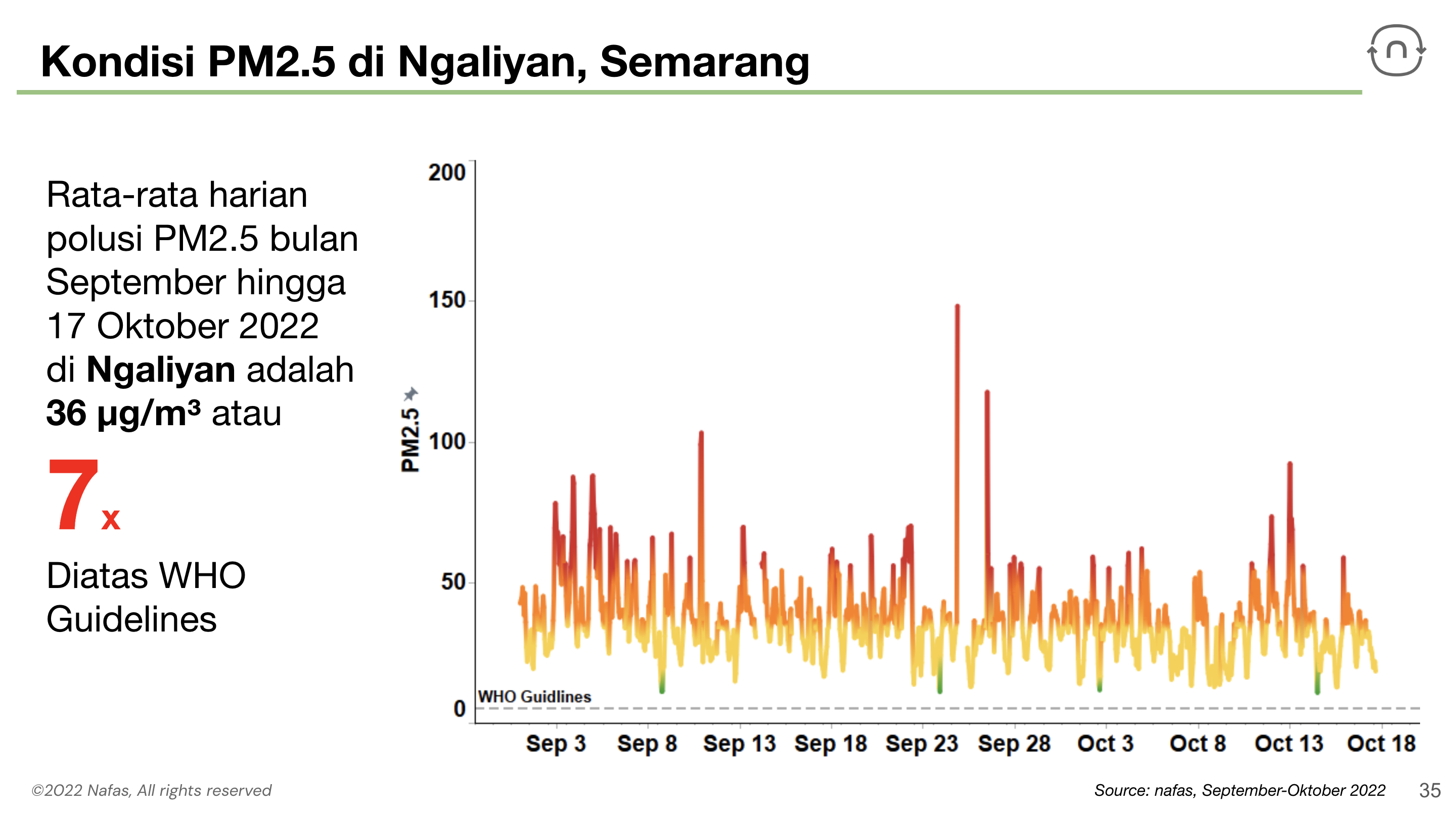How does PM2.5 pollution increase the risk of dementia?
Dementia is a growing problem as more people live longer. The notion of air pollution raising the risk of dementia has been around for some time.
🤓 In this article, you will obtain some information about:
- The danger of PM2.5 dangerous and its effect on the elderly, particularly in increasing the risk of dementia.
- A study from the United States concluded that exposure to PM2.5 is associated with a 16% increased risk of dementia for every 10 µg/m3 increase in PM2.5, with a baseline concentration of 25 µg/m3.
- There are many harmful chemical compounds on the surface of PM2.5 that can activate the immune cells of the central nervous system, resulting in neuroinflammation.
Dementia can manifest as memory loss, anxiety, hallucinations, communication problems, and mood swings. Urban air pollution, primarily from vehicles, is linked to a higher risk of dementia.
The danger of PM2.5 and its effect on the elderly
Particulate Matter (PM2.5) is fine particulate contained in air pollution, with a diameter of less than 2.5 micrometers. Due to its small size, it can easily be inhaled, enter the lungs, pass through the alveolus, and enter our bloodstream.
Courtesy of World Health Organization (WHO)
Studies have shown that PM2.5 has a significant impact on the health of the elderly even at low levels. Chronic exposure to high levels of PM2.5 accelerates cognitive decline in old age and increases the risk of dementia, Alzheimer's disease, Parkinson's disease, and cardiovascular disease.
PM2.5 exposure is linked to an increased risk of dementia
Large studies have been conducted in recent years to determine whether living in an area with high levels of air pollution increases the risk of dementia. A study of 6.6 million Canadians published in 2016 found a possible link between dementia and living near very busy roads. According to the study, people who live within 50 meters of a major road are 7% more likely to develop dementia than those who live more than 300 meters away, where fine particulate matter levels can be up to ten times lower.
There are also some studies that showed exposure to PM2.5 as a risk factor for all-cause dementia.
📕 For instance, a study from Sweden estimated that 5% of annual dementia cases could be attributed to PM2.5 exposure.
📖 Another systematic review concluded that exposure to PM2.5 is associated with a 16% higher risk of dementia per 10 µg/m3 increase in PM2.5, with a baseline concentration is 25 µg/m3.
How PM2.5 leads to dementia
There is mounting evidence that PM2.5 exposure plays a critical causative role in a variety of neurological disorders, including dementia. PM2.5 can activate the immune cells of the central nervous system, resulting in neuroinflammation. On the surface of PM2.5 particles, there are chemical compounds attached, such as black carbon and sulfate. In one study, it was stated that long-term exposure to PM2.5 is associated with an increased risk of dementia due to the contribution of black carbon and sulfate on its surface.
PM2.5 pollution can hasten cognitive decline
A team of scientists at the University of Southern California's Davis School of Gerontology who studied more than 13,000 adults over the age of 50 tried to analyze the effects of PM2.5 exposure on the brain, with PM2.5 levels ranging from 4.5 to 20.7 μg/m3. Based on the cognitive test scores that had been studied and mapped to air pollution concentrations, they concluded that the brains of those living in highly polluted areas aged three years faster than those living in the least polluted areas.
🧐 Then what about the current air quality in Indonesia? Is it within the safe limits for sensitive groups?
Let's take a look at the following graph! In the past year, Jabodetabek has barely touched the standard set by the World Health Organization (WHO), which is 5 μg/m3.

Based on the graph, it can be seen that PM2.5 peaks in April and July 2022, with PM2.5 reaching 14 times above WHO standards.
Furthermore, if you look deeper into some of the locations of the Nafas sensor, such as in Bintaro, the PM2.5 pollution reaches many times above the WHO recommended limit.
The graph shows that PM2.5 pollution in Bintaro has reached 17x the WHO recommended limit from September to October 17, 2022.
Apparently, the same thing happened at Gunung Sindur. Take a look at the following graph!

We can see that, from the graph, PM2.5 pollution in Gunung Sindur is 16x above the WHO recommended limit.
Next, in Kedaung Kali Angke, West Jakarta.

As a result, the measured PM2.5 is 13x above the WHO standard.
Next, let's look at the data in Karangsari, Tangerang!

The air quality still does not meet WHO standards.
The Nafas Sensor in Driyorejo, Sidoarjo, appears to show high levels of PM2.5 pollution as well.

From the graph, PM2.5 pollution reached 10x above the WHO recommended limit.
Last but not least, in Ngaliyan, Semarang, the graph also shows daily average concentrations of PM2.5 pollution 7x above the WHO limit.

From these data, we can conclude that Indonesia's air quality does not meet WHO quality standards. Although the arrival of the rainy season has resulted in an improvement in air quality, the average air quality remains unhealthy, especially for sensitive groups.
Start protecting yourself from air pollution to reduce your risk of dementia
The following tips are worth trying and making a habit of to help you avoid dementia and the exposure to air pollution that can worsen it:
🌬️ Get into the habit of living a healthy life by monitoring air quality. Knowing air pollution trends can help you learn when to stay indoors to avoid outdoor pollution, as well as plan for activities afterward.
🚴🏼♂️ Exercise regularly. Regular exercise can help you focus and stay resilient. If the air quality outside is poor, you can exercise inside. Practice yoga and do aerobic dance, for example.
🧠 Regularly exercise your brain, such as reading books and doing crossword puzzles. This can improve your brain's ability to focus, remember, and think.
🏡 Consider using an air purifier in your room. Many people spend up to 90% or more of their day indoors. It's a good idea to consider improving indoor air quality.
Maintaining and improving mental and physical health is a lifelong investment. Begin by monitoring the air quality in your home for healthier air quality and lifestyle, together with Nafas.